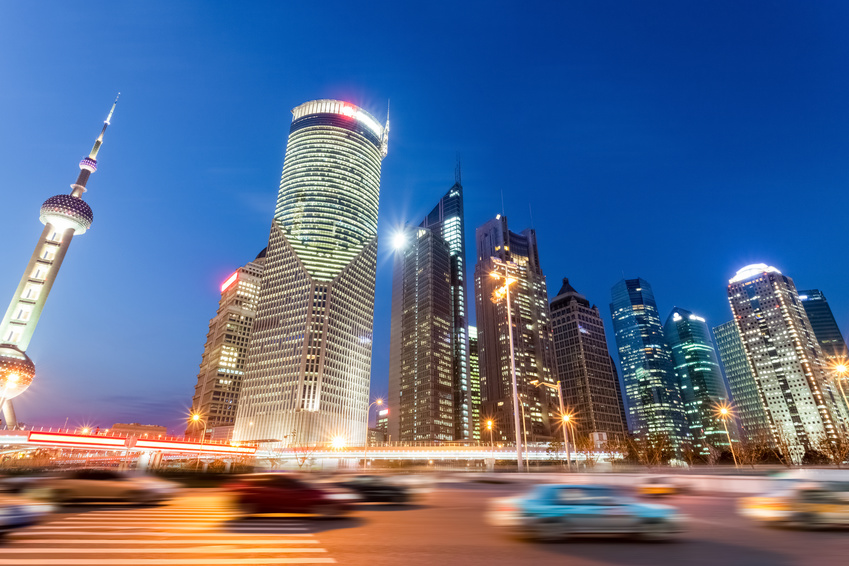
China implemented National V fuel emissions standard nationwide last week. Lubricant additive supplier Infineum International called it a reminder that tighter regulations will intensify automaker demands for low-viscosity motor oils compatible with emissions control systems.
China had been rolling out National V – which is comparable to the European Unions Euro 5 and Euro V standards – in some major cities throughout the past decade. On Jan. 1, the standard was implemented across all of China, enforceable on all passenger cars and light- and heavy-duty commercial vehicles. China is also ratcheting fuel economy standards, with the next upgrade scheduled to take effect in 2020.
Some pressure is passed on to lube formulators, said Infinuems D.J. Shee in a recent report. Many car and truck manufacturers have developed aggressive technology programs so that new engines and emission control technologies are ready to deploy, said the British firms general manager for China. Some [original equipment manufacturers] expect oil companies to work with them to co-engineer lubricants with their emerging hardware technologies. However, this poses a major challenge to those medium- and small-sized local oil companies who do not yet have the technical capabilities to satisfy the needs of the OEMs.
Lube formulations meeting performance levels of API-SL or one of APIs newer standards, SM or SN, have muscled out all but 30 percent of the competition, Shee said, so oil marketers need to supply products of at least SL quality in order to survive.
By 2019, China will double its consumption of API SN-equivalent lubes – the newest from U.S.-based API – to 20 percent of all PCMOs in use, according to U.S.-based consultancy Kline & Co. Thirty-five percent of all motor oils will meet the next newest category, API SM – up from 25 percent in 2014 – and API SL oils will decrease from 35 percent to 30 percent. Use of motor oils not meeting any of those categories will be halved to just 15 percent of the market in 2019.
Fuel economy restrictions will also see OEMs call for more SAE 5W-30 grade engine oils, which currently hold a share of around 20 percent of the market, according to Kline & Co. Demand for SAE 0W grade oils will grow as well through 2019, while therell be less use of SAE 15W, SAE 20W and monograde oils. Use of SAE 10W lubricants will stay about the same in the next three years – at around 44 percent.
Increased use of aftertreatment systems for engine emissions control systems will also cause impacts that trickle down to lube formulation requirements, Shee added. Motor oils must be compatible with systems such as exhaust gas recirculation, selective catalytic reduction and diesel particulate filters.
These challenges are compounded by Chinas waning economic growth, he continued. The downward trend has hit lubricant consumption, particularly in the commercial transportation and industrial areas. And, since the third quarter of 2014, there has been a drop in lubricant demand. In a slow economy, 2015 proved to be another tough year for lubricant companies, with some seeing their sales decline by as much as 30 percent. With the economic slowdown expected to continue, many predict that the next three years will be equally challenging.
Lubricant companies will need to compete harder for business in a shrinking market, he added, concluding on a positive note. The rapid pace of lubricant quality upgrades that are required to satisfy Chinas emissions and fuel economy legislation means oil marketers have the opportunity to introduce higher quality products. Higher-performance lubricants typically afford higher profit margins.
Photo: Fotolia / chungking
